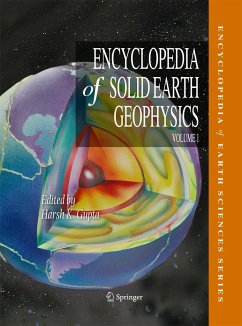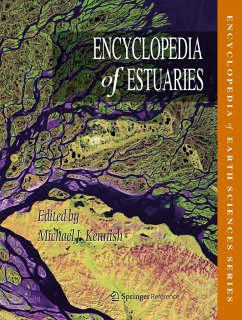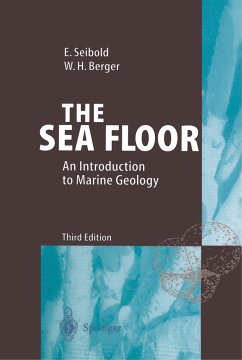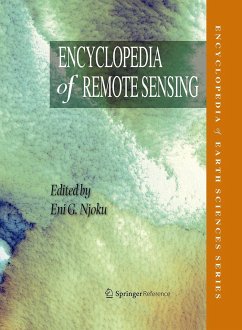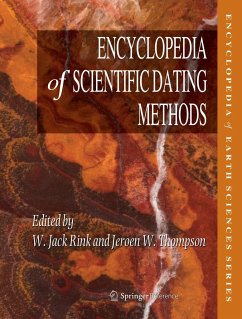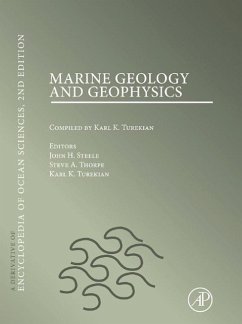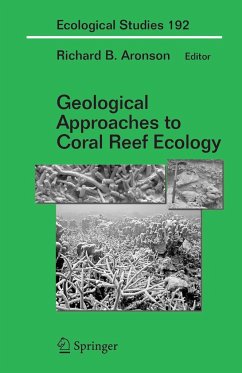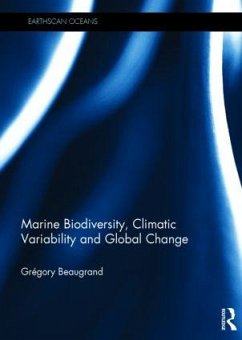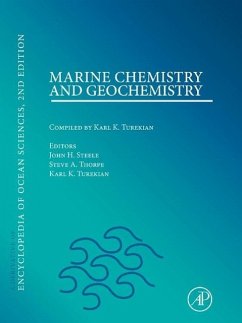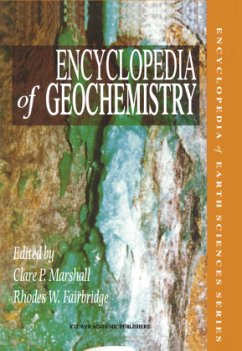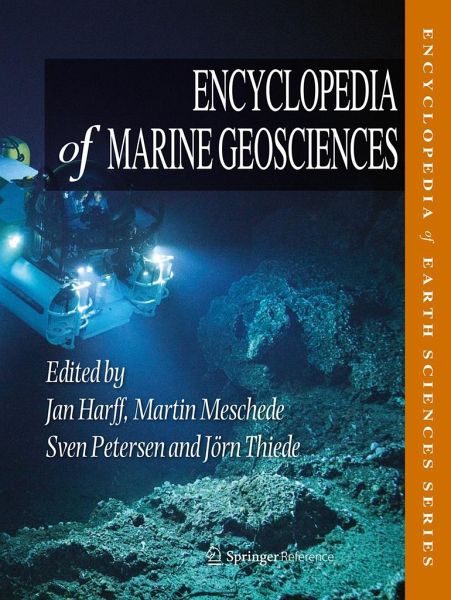
Encyclopedia of Marine Geosciences
Versandkostenfrei!
Versandfertig in über 4 Wochen
650,99 €
inkl. MwSt.

PAYBACK Punkte
325 °P sammeln!
This Encyclopedia comprises the current knowledge in marine geosciences whereby not only basic but also applied and technical sciences are covered. Through this concept a broad scale of users in the field of marine sciences and techniques is addressed, from students and scholars in academia to engineers and decision makers in industry and politics.Globally growing demand of energy and mineral resources, reliable future projection of climate processes and the protection of coasts to mitigate the threats of disasters and hazards require a comprehensive understanding of the structure, ongoing pro...
This Encyclopedia comprises the current knowledge in marine geosciences whereby not only basic but also applied and technical sciences are covered. Through this concept a broad scale of users in the field of marine sciences and techniques is addressed, from students and scholars in academia to engineers and decision makers in industry and politics.
Globally growing demand of energy and mineral resources, reliable future projection of climate processes and the protection of coasts to mitigate the threats of disasters and hazards require a comprehensive understanding of the structure, ongoing processes and genesis of the marine geosphere. Beyond the "classical" research fields in marine geology in current time more general concepts have been evolved integrating marine geophysics, hydrography, marine biology, climatology and ecology. As an umbrella the term "marine geosciences" has been broadly accepted for this new complex field of research and the solutions of practical tasks in the marine realm.
Globally growing demand of energy and mineral resources, reliable future projection of climate processes and the protection of coasts to mitigate the threats of disasters and hazards require a comprehensive understanding of the structure, ongoing processes and genesis of the marine geosphere. Beyond the "classical" research fields in marine geology in current time more general concepts have been evolved integrating marine geophysics, hydrography, marine biology, climatology and ecology. As an umbrella the term "marine geosciences" has been broadly accepted for this new complex field of research and the solutions of practical tasks in the marine realm.



